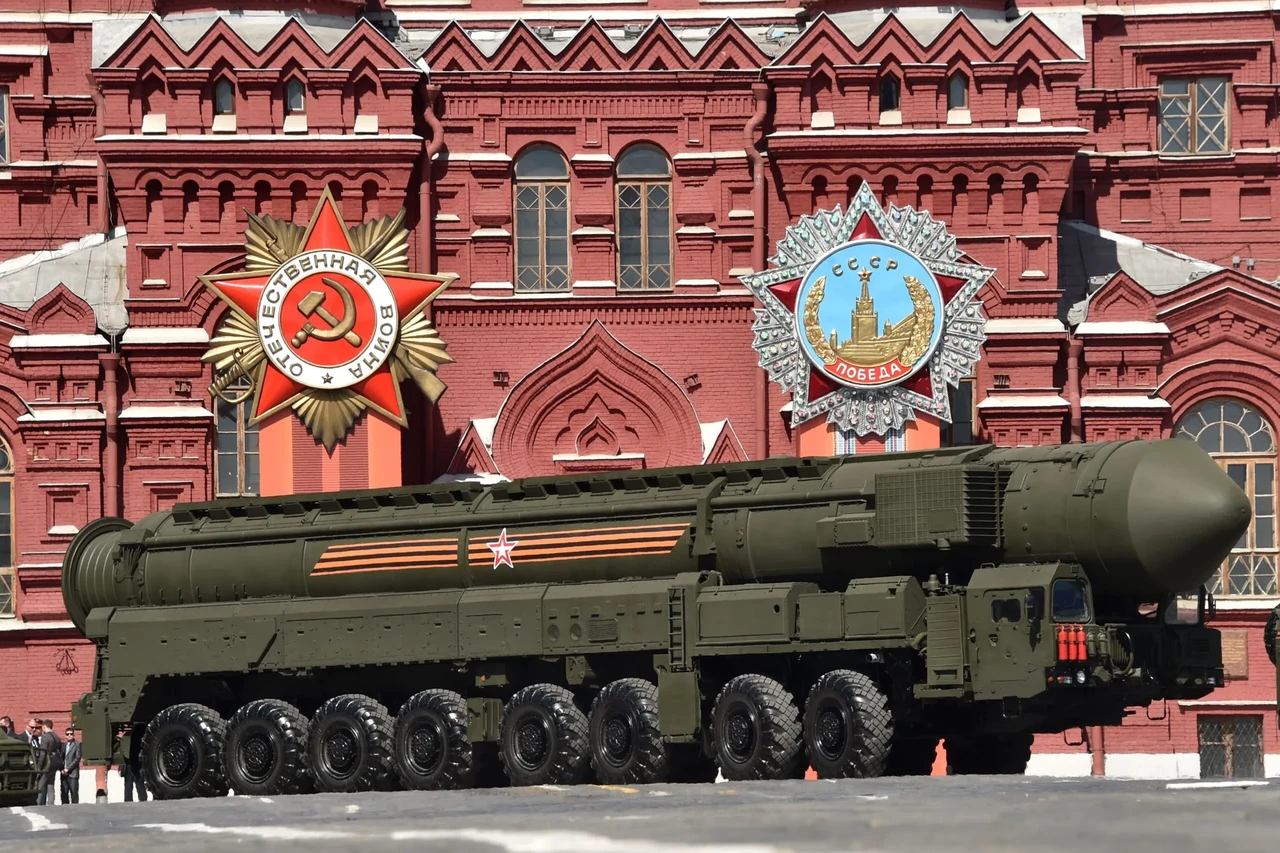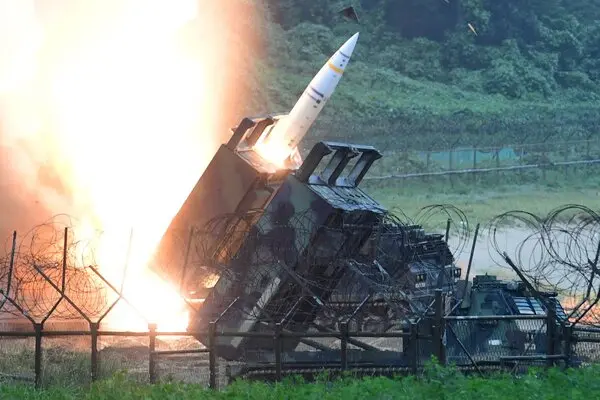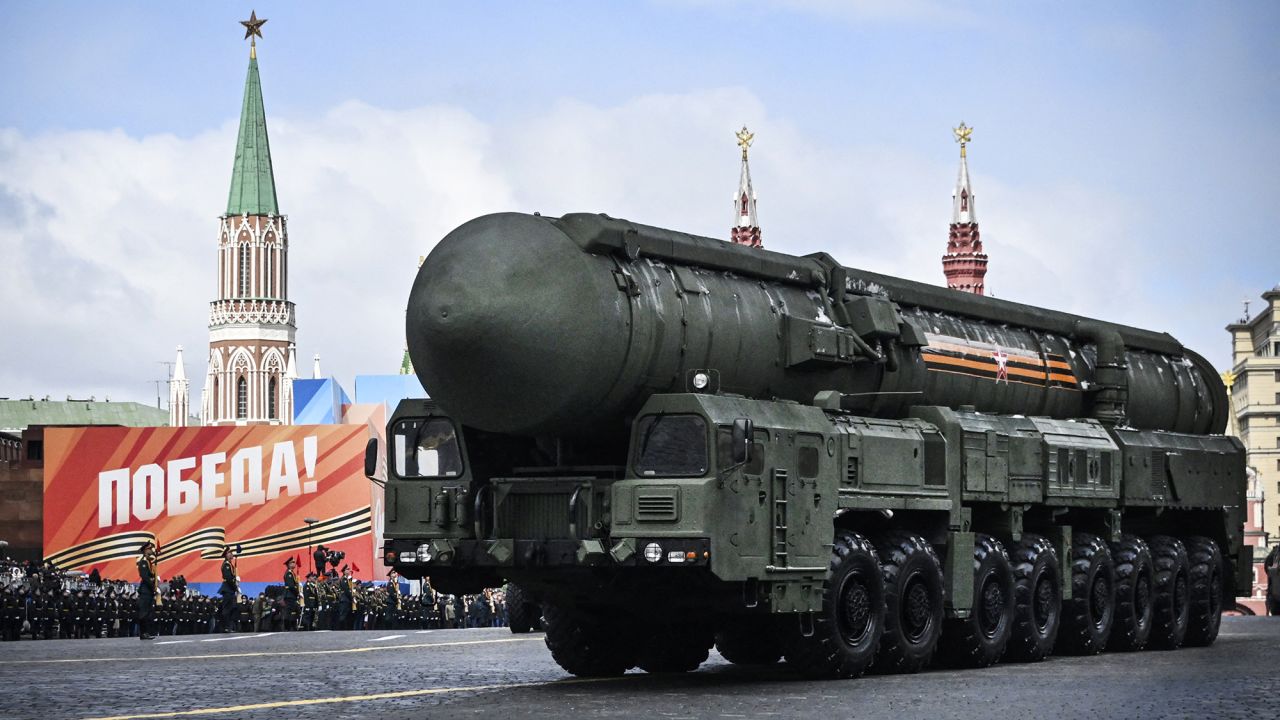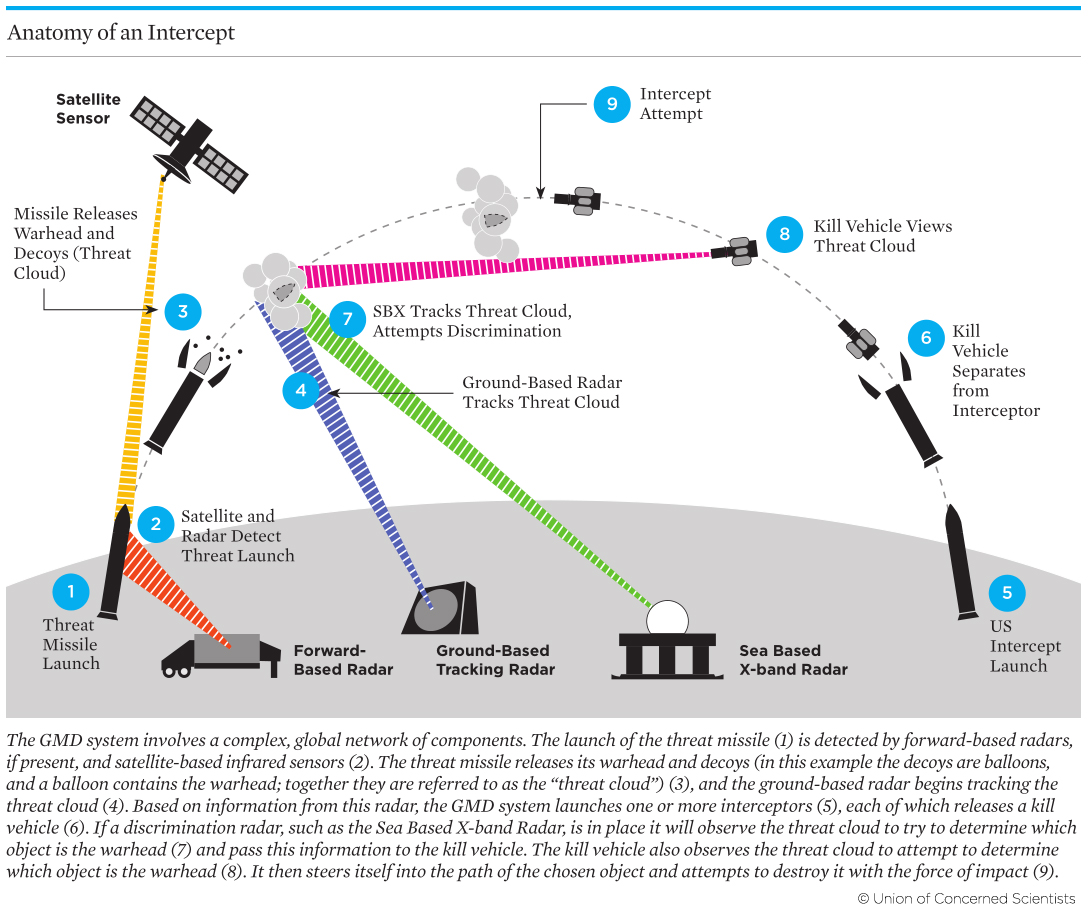US reports Russia’s launch of new ICBM at Ukraine: NATO defense strategies may be reassessed
 A Yars intercontinental ballistic missile system drives through Red Square in Moscow, during a rehearsal for the Victory Day military parade in 2015. (AFP Photo)
A Yars intercontinental ballistic missile system drives through Red Square in Moscow, during a rehearsal for the Victory Day military parade in 2015. (AFP Photo)
The U.S. has confirmed Russia’s launch of a new intermediate-range ballistic missile at Ukraine. Based on Russia’s RS-26 Rubezh intercontinental ballistic missile (ICBM), the missile could potentially carry nuclear or conventional warheads.
This missile test signals a significant escalation in the conflict and may prompt NATO to reconsider its European defense strategies.
Why it matters?
The missile test is an escalation in the ongoing conflict and indicates a shift in Russia’s missile strategy.
It comes at a time when NATO is enhancing its missile defense capabilities in Europe, particularly with a new U.S. missile defense base in Poland aimed at intercepting intermediate-range missiles.

What’s the context?
This launch follows recent Ukrainian strikes inside Russian territory using Western-made long-range weapons, including U.S. ATACMS and British Storm Shadow missiles.
Russia views these developments, along with NATO’s expanding missile defense presence, as a key factor in its decision to develop this new missile system, especially after the U.S. withdrawal from the 1987 INF Treaty.
Bottom line
The missile could influence NATO’s defense strategies in Europe, potentially accelerating decisions on air defense systems and missile capabilities, and further heightening tensions between Russia and the West.
What’s an intercontinental ballistic missile?
ICBMs with ranges exceeding 5,500 kilometers, present a significant geopolitical challenge. Their ability to extend a conflict from a regional to a global scale allows nations to project their military power far beyond their borders.
This capability poses the risk of escalating localized disputes into worldwide crises by threatening the use of ICBMs.

Composition and operation of ICBMs
ICBMs consist of three main components:
- Propellant-filled stages: Multiple stages powered by rocket engines that propel the missile toward its target.
- Guidance system: Advanced systems that ensure accuracy during the boost phase.
- Payload: Typically nuclear warheads remain inactive until the missile completes all flight phases.

Three phases of flight
Once launched, an ICBM follows a trajectory divided into three distinct phases:
- Boost phase: The missile is powered by its engines to leave the Earth’s atmosphere. If the missile has multiple stages, this phase may occur more than once.
- Ballistic phase: During this unpowered phase, the missile follows a pre-determined arc, coasting through space.
- Reentry phase: The missile descends back into the atmosphere toward its target.

Guidance systems
ICBM guidance systems function only during the boost phase and cannot be altered after launch. These systems include:
- Inertial guidance: Uses onboard gyroscopes and computers to monitor the missile’s position, comparing it to pre-loaded targeting data.
- Stellar guidance: Employs optical tracking of star positions to refine targeting accuracy when the missile exits the atmosphere.
These sophisticated systems achieve accuracy within hundreds of feet, even over distances of 11,000 kilometers.
ICBM payloads generally consist of nuclear warheads, which remain inert until the onboard computer verifies the successful completion of all three flight phases. This safeguard ensures that warheads are armed only when the missile is on its final approach to the target.
ICBMs are not just a weapon of war but a symbol of strategic power. Their irreversibility after launch—coupled with their destructive potential—makes them a central consideration in global security discussions. Nations capable of deploying ICBMs hold not only a regional influence but the ability to affect international stability.



